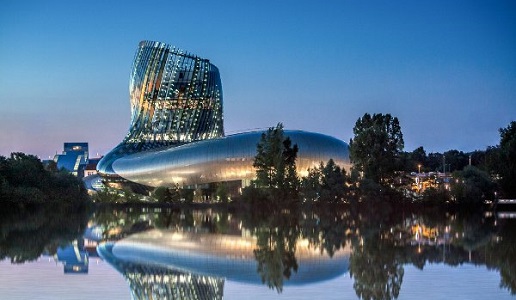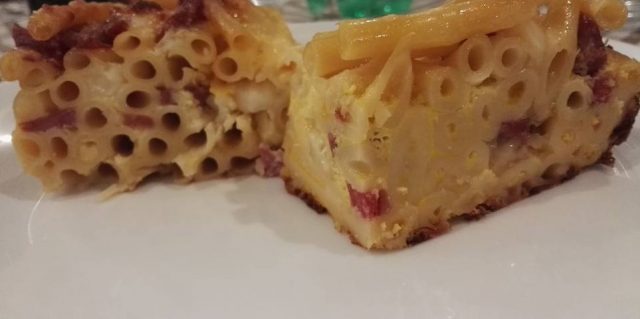My Bordeaux: Introduction

Vinogodi offers us, in various installments, his vision – the product of continuous tastings – of the great Bordeaux. They will be divided by decade and go back to the beginning of the 20th century.
The region that produces wines generically referred to as “Bordeaux” is divided into ten zones: Médoc, Graves, Sauterne and Barsac, Côte de Fronsac, Côte de Bourg, Cérons, Pomerol, Saint Emilion, Côte de Blaye and Entre Deux Mers.
I will not be writing about the great sweet wines of Sauterne and Barsac nor any of the white wines (some excellent) but limit myself to the red wines, the “greatest” Bordeaux reds from the most important and prestigious winemaking areas. Given that oceans of ink have flowed recounting their epic accomplishments, I will avoid any superfluous descriptions to focus on brief, essential notes.
The evaluations are strictly personal, they are not “relativized” to the type of wine but seek to have significant value independent of their category, given that they are absolute international winemaking jewels.
For many wine lovers today, Bordeaux is simply demondé: the “solid texture”, acidic-tannic tension, the almost infinite propensity to age long enough to produce sensations that have made them wine icons, all this has led modern wine lovers, in a society of “I want it and I want it now”, to opt for other types of wine. But Bordeaux is capable of giving, when aged the time necessary, perhaps unique emotions. I was born and raised with the wines from this area, to the extent that they became an adolescent and post-adolescent obsession, fostered by a grandfather who was a relentless “Bordeaux-phile and Nebbiolo-phile”. Thus my palate was “corrupted” by thousands of sensations from drinking bottles I inherited, some over 100 years old… which are now just faded memories but were the apex of winemaking that no other wine has achieved (expect perhaps for old Monfortino or over-100-year-old Riserva Brunello di Montalcino Biondi Santi).
Bordeaux made wine make history so much so that, abroad, it is the second most-known French city after Paris. It is France’s largest wine producing area with 53 AOC appellations and 11,000 hectares of vineyards. Its history goes back to the dawn of time and already in Ancient Roman times there was written evidence of the region’s excellent wine. But it was during the English occupation of Aquitaine, in the 12th century, that its vocation for winemaking definitively took off. By the 16th century, Bordeaux had consolidated its role as the world’s leading winemaking region, to the extent that it imposed the size of barres for aging as the standard unit for wine trade throughout Europe.
The upper middle class and aristocracy vied for the best wines from the best areas and this set the stage for the world’s first quality classification, in 1855, under Napoleon III, which coincided with the Paris World’s Fair, a classification that established a very particular hierarchy of merit pyramid (with Premier Cru Classé on top down to Cinquième Cru). The best wines from the Premier Cru Rive Gauche (Left Bank) area of the Garonne River (Mèdoc and Graves) drew the highest prices on the market that had matured enough to appreciate the value of these wines. This classification has remained “almost” unchanged up to today. The Rive Droite (Libournais with its celebrated Pomerol and Saint Emilion) is no less important and has a different and more “modulated” classification based on the technological-quality evolution of various producers. The history of the Rive Droite (Right Bank) has a relatively more recent history, which explains the different approach to a classification that has consolidated and remained static over the centuries.
The common denominator of Bordeaux wines, for all classifications, is the type of grapes used (Cabernet Sauvignon, Cabernet Franc, Merlot, Petit Verdot and, now more rarely, Malbec) and the approach to blending, which allows, with grapes that ripen in different periods, the winemaker to best modulate the blend according to the characteristics of the year in order to create very consistent quality levels, which are fundamental for a market willing to pay significant amounts to buy them. Added to this is the wine’s almost unnatural propensity to age, as we will see in the reviews.
The articles that will follow are a synthesis of best and most characteristic tastings of the various wines, limited to the most prestigious, where the primary variable is the age of the wine divided into decades. One must have great patience to wait many years in order to fully appreciate the characteristics of a great Bordeaux, its many nuances, complexity and spectrum of sensations. For this reason, the youngest of the wines reviewed are at least 20 years old, an age when most of the world’s better wines, with some exception, have gone past the point of no return from a sensorial perspective.
Cabernet Sauvignon is the dominate grape is in the Rive Gauche, which explains the extraordinary propensity to age. In the Rive Droite, and in particular in Pomerol, it is Merlot, which allows these wines to be more “ready”.
I’m sorry I have no photos of the bottles from the late 19th century, which I tasted when I was young and inexperienced and not wise enough to fully appreciate what I was drinking nor handy at photography.

 Italiano
Italiano








